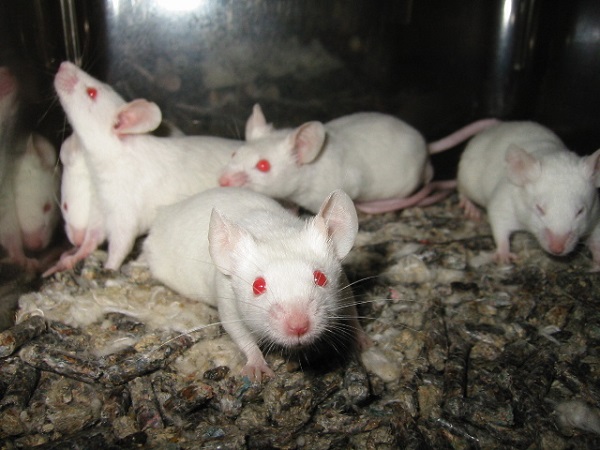-
Tips for becoming a good boxer - November 6, 2020
-
7 expert tips for making your hens night a memorable one - November 6, 2020
-
5 reasons to host your Christmas party on a cruise boat - November 6, 2020
-
What to do when you’re charged with a crime - November 6, 2020
-
Should you get one or multiple dogs? Here’s all you need to know - November 3, 2020
-
A Guide: How to Build Your Very Own Magic Mirror - February 14, 2019
-
Our Top Inspirational Baseball Stars - November 24, 2018
-
Five Tech Tools That Will Help You Turn Your Blog into a Business - November 24, 2018
-
How to Indulge on Vacation without Expanding Your Waist - November 9, 2018
-
5 Strategies for Businesses to Appeal to Today’s Increasingly Mobile-Crazed Customers - November 9, 2018
Method turns mammals transparent and shrinks them, making them easier to study
So far the technique has been used only in research on mice and rats, but scientists think it could one day be used to map the human brain.
Advertisement
The result, in this case anyway, is a small, almost transparent mouse whose nerves and organs can be viewed with terrific detail.
The process, called uDisco, provides an alternate way for researchers to study an organism’s nervous system without having to slice into sections of its organs or tissues.
“Now…we can look into the wiring of the whole mouse in high resolution”, said Ali Ertürk, a neuroscientist at Ludwig Maximilian University of Munich and co-author of the study. “We used uDISCO to image neuronal connections and vasculature from head to toe over 7 cm and to perform unbiased screening of transplanted stem cells within the entire body of adult mice”.
The scientists say they have already been able to use the technique to render large rodents like rats transparent and believe it could even be applied to larger mammals like monkeys.
The technology could prove extremely beneficial in knowing more about the effect of mental disorders like Alzheimer’s disease or schizophrenia. Researchers often examine thin slices of brain tissue under a microscope.
“That is not a good way to study neurons because if you slice the brain, you slice the network”, Erturk said. It is best to look at the entire organism and not only at the brain lesion. “We need to see the whole picture”. In the new study, the researchers have developed a two-step process that turns a rodent transparent. It uses genetic modification to make a specimen’s proteins glow green, making them easy to identify by laser scanning.
Advertisement
Wall Street Journal reports that the German scientists had to remove the skin from the animal before they started injecting a series of chemicals and bathing it with a dehydrating agent and an organic solvent. The fat is what makes the tissues opaque; the removal of water is part of a shrinking process that leaves the body as little as 35% of its original size. And then there’s the time-intensive nature of it: imaging wafer-thin slices of a mouse brain with an electron microscope and putting them together would take 50 years to complete, versus eight days to map a mouse brain with uDISCO. They simultaneously pumped the liquids through its blood vessels to douse its insides as well. It takes usually four days to shrink and to make a almost transparent 3D model of the whole animal.




























